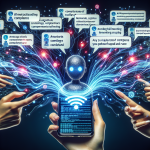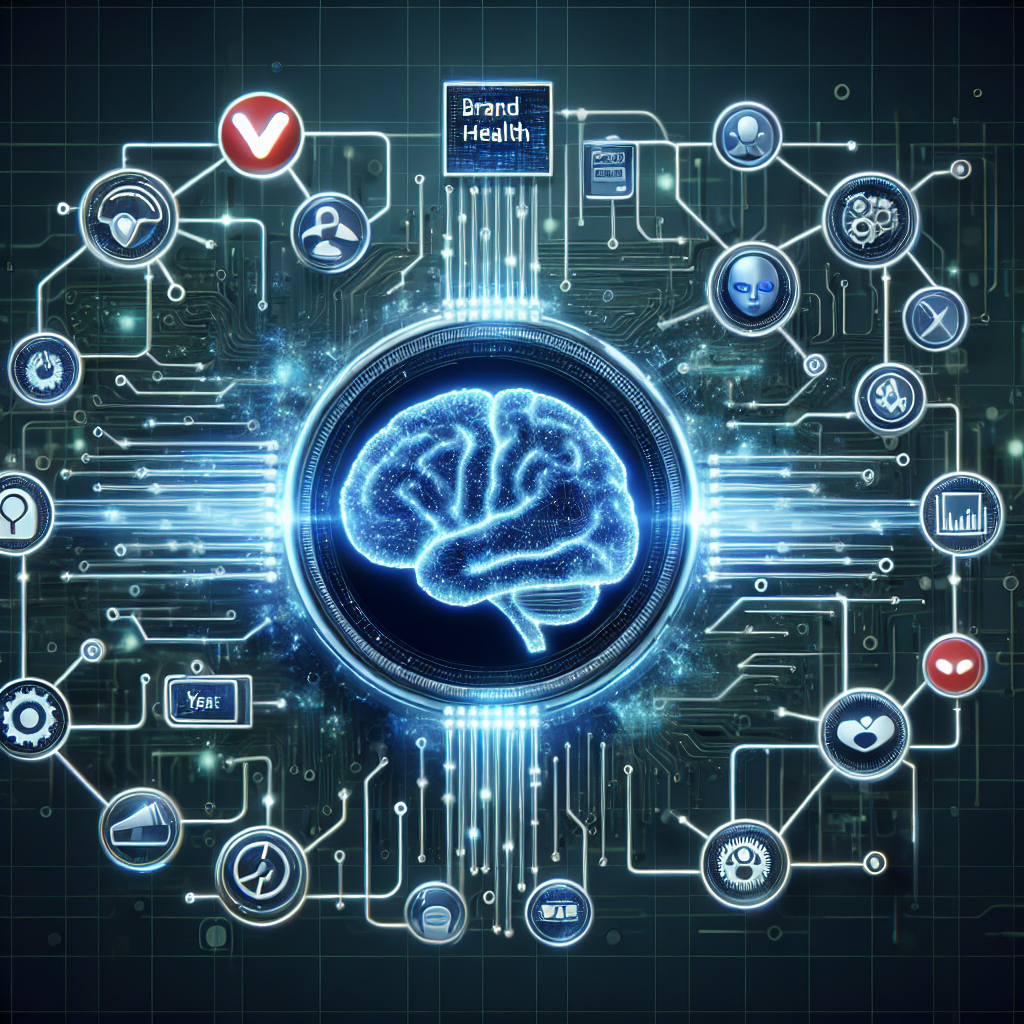Introduction
In today’s hyper-connected world, brands are under constant scrutiny. Every tweet, review, or video related to a company can impact public perception—positively or negatively—in a matter of seconds. Traditionally, monitoring brand health was a periodic activity dependent on surveys and delayed analytics. However, Artificial Intelligence (AI) is fundamentally transforming how businesses manage their brand reputation, offering powerful tools for real-time risk detection and proactive brand health monitoring.
What is Brand Health Monitoring?
Brand health monitoring refers to the continuous assessment of a brand’s perception among its target audience. It typically includes metrics such as brand awareness, trust, preference, and sentiment. These insights help businesses understand how customers and the public perceive them over time and make informed decisions accordingly.
With the rise of social media, review platforms, and instant communication channels, brand health monitoring has moved beyond static dashboards to require dynamic, real-time oversight. This is where AI becomes an invaluable ally.
The Role of AI in Real-Time Risk Detection
AI-powered systems excel at processing vast amounts of unstructured data—images, videos, audio, and text—from multiple sources like social media, news outlets, forums, and customer reviews. Here’s how AI enhances real-time brand risk detection:
- Natural Language Processing (NLP): AI uses NLP to understand the context and tone of online conversations, identifying shifts in sentiment when they occur.
- Anomaly Detection: Machine learning algorithms can detect unusual patterns in online behavior or mentions, such as a sudden spike in negative feedback, signaling a potential PR crisis.
- Image and Video Recognition: Visual AI tools can assess brand logos, products, or individuals in digital content, enabling companies to respond if their brand appears in compromising or harmful contexts.
- Automated Alerts: AI systems can generate alerts when significant changes in brand sentiment or reputation scores occur, providing teams the opportunity to act quickly and appropriately.
Proactive Response Strategies Enabled by AI
Real-time risk detection is only half the equation. The other half is how quickly and effectively a brand can respond. AI arms marketing and PR teams with actionable insights that can shape rapid response strategies, such as:
- Real-Time Sentiment Analysis: Continuously gauging public emotion around a brand to decide if a situation warrants a response or clarification.
- Predictive Analytics: Forecasting potential crises based on current data trends and suggesting preventive measures.
- Dynamic Content Management: Automatically modifying messages or recommendations in owned media channels to reflect the current brand sentiment.
Case Studies: AI in Action
Many top-tier brands have already integrated AI into their brand health strategies:
- Coca-Cola: Uses AI to monitor global social media channels for brand mentions, enabling early detection of both praise and criticism to inform marketing moves.
- Samsung: Employs AI tools to analyze millions of customer reviews and social media comments to identify any issues with new product launches in real-time.
- Nike: Leverages machine learning models to understand how public sentiment shifts during marketing campaigns, allowing real-time campaign adjustments.
Challenges and Considerations
Despite its benefits, AI in brand health monitoring presents unique challenges:
- Data Privacy: Monitoring communications must be done ethically and in compliance with regulations like GDPR.
- Bias in AI Models: AI-trained data might inherit biases from historical data, leading to skewed sentiment analysis or wrong alerts.
- Over-Reliance: While AI is powerful, human oversight is crucial to contextualize alerts and make nuanced decisions based on findings.
The Future of AI in Brand Monitoring
As AI technology continues to evolve, so will its application in brand health monitoring. Future innovations may include:
- Multilingual Capabilities: Enhanced understanding of sentiment across languages and cultures for global brand tracking.
- Adaptive Learning: AI systems that refine their detection capabilities based on previous crises and resolutions.
- Integrated Ecosystems: AI tools embedded directly within CRM, CMS, and customer experience platforms for seamless brand health integration.
Conclusion
AI represents a paradigm shift in how brands monitor their reputation and detect potential risks. By enabling real-time insights, rapid alerting, and proactive response planning, AI transforms brand health monitoring from a reactive activity to a strategic, preemptive capability. As consumer expectations for accountability and responsiveness grow, leveraging AI is not just a technological upgrade—it’s a competitive necessity.






